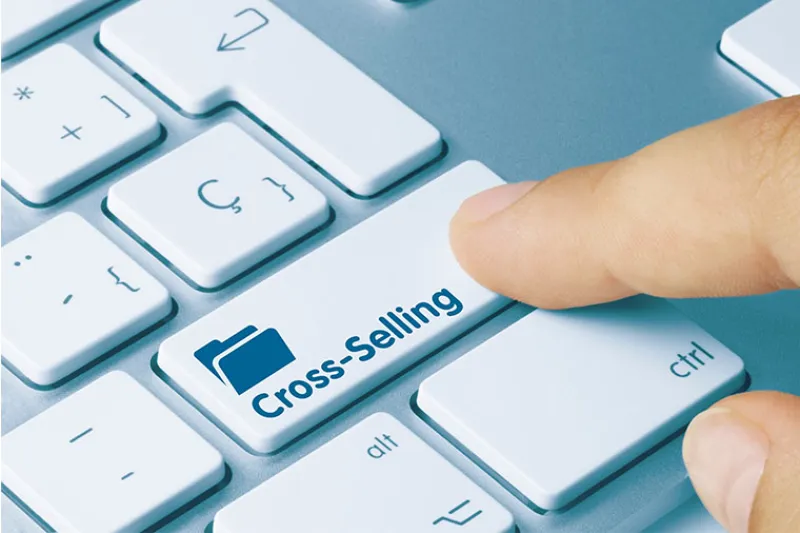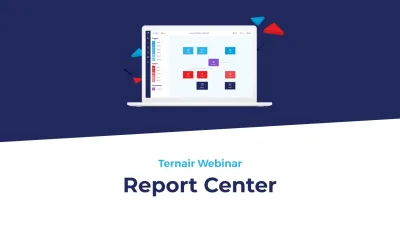Cross-sell campaigns are a powerful tool of modern marketers to increase sales and improve customer satisfaction. In this article, we discuss what a cross-sell campaign is, why it is important, how to set up such'a campaign, and provide tips for successful execution. In addition, we will show you how to successfully deploy a cross-sell campaign with Ternair.
What is a Cross-sell Campaign?
A cross-sell campaign is a marketing strategy that encourages customers to purchase additional products or services in addition to their original purchase. Rather than trying to acquire new customers, this strategy focuses on maximizing the value of the current customer base. The goal is to increase the overall value of the sale by offering products that are relevant and well-matched to the customer's original purchase. For example, if a customer buys a laptop, a cross-sell campaign may encourage them to also purchase a matching laptop bag or software package.
"It is 5-10 times cheaper to retain existing customers and sell to them than to acquire new ones."
Why are Cross-sell Campaigns Important?
Cross-sell campaigns are important for businesses for several reasons:
Increased Sales:By encouraging customers to buy additional products or services, you can increase the average order value. This can contribute significantly to overall sales.
Better customer relations: By offering relevant and useful products, you show that you understand your customers' needs and interests. This can lead to higher customer satisfaction and loyalty.
Efficient use of marketing budget: Selling to existing customers is often more cost-effective than acquiring new ones. Cross-sell campaigns leverage this efficiency by extracting more value from existing customer relationships.
Improved customer data: Each cross-sell interaction provides valuable insights into your customers' preferences and buying behaviors, which can help refine future marketing strategies.
"Research by McKinsey shows that companies that successfully cross-sell can increase their revenue per customer by 10-30%."





